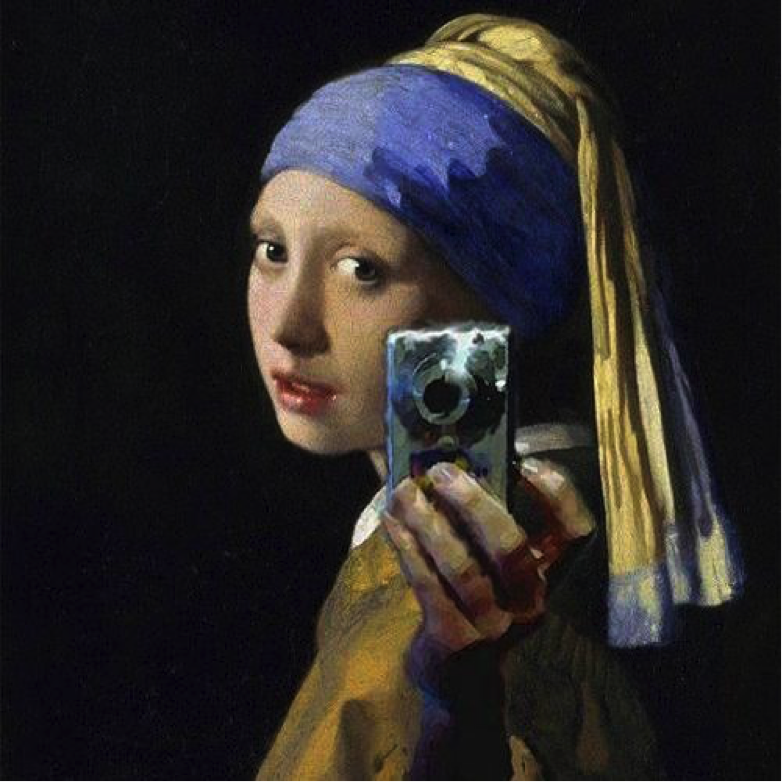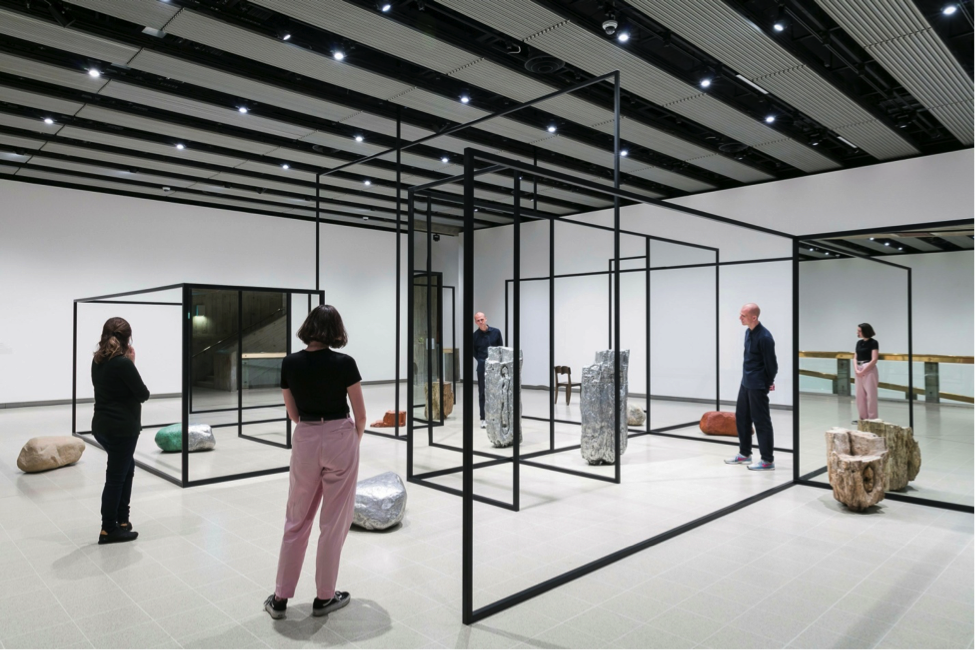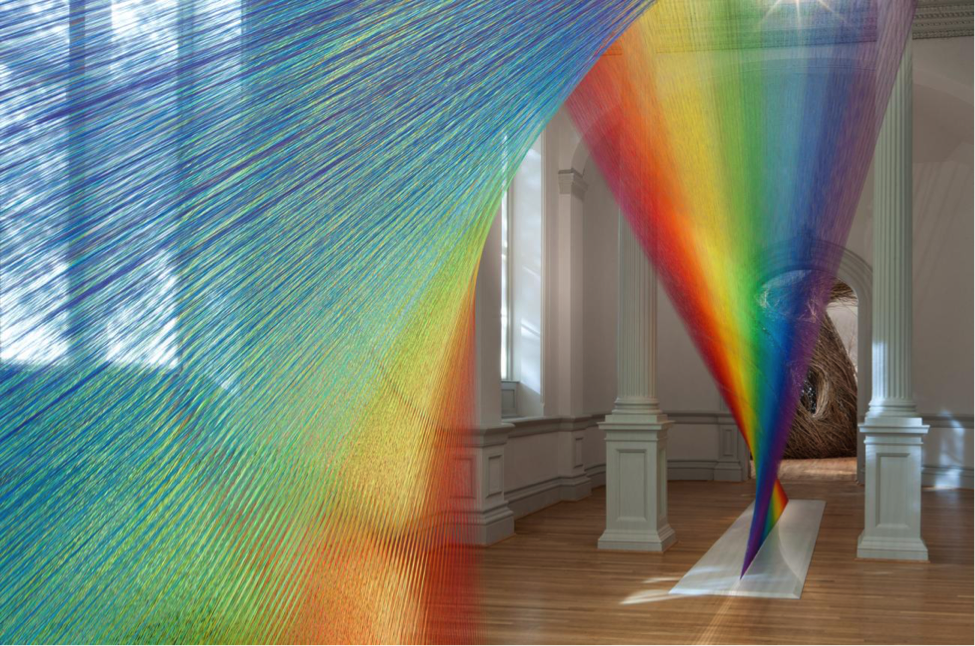Instagrammability: new measure of success

As the practice of sharing experience become commonplace of any activity, should museums get advantage of it? What goes first: Instagrammability or live art reception?
Nowadays in the age of smartphonization we can't take a single step without talking a photo of it. Visits to museums are not an exception. We are dying to get everything in our phone and are overjoyed being lucky enough to find an artwork or installation that will correspond with our own image this day. Such overenthusiasm brings up an urgent question of what goes first: Instagram for exposition or exposition for Instagram?
Whatever the answer could be, curators are supposed to take into account the mass phenomenon of communicating art experience.
Theartnewspaper magazine found out what curators themselves think of that tendency.

Courtesy of Hayward Gallery
“The way that galleries, museums and organizations understand photography in their spaces has changed—and rapidly,” remarks Cliff Lauson, London Hayward Gallery’s senior curator. Space Shifters exhibition hold in 2018 proves his words. Though the critic Hettie Judah called it an “outrageous selfie-fest”, Lauson says that he was not Instagram-oriented planning the show, but first of all was focused on art. “The show was about artists using innovative materials in a way that creates a unique experience and makes the viewer part of the work,” he says. “The compulsion to document, photograph and share with your friends might be an extension of that, in that it is, in one sense, an experience-based economy that we live in. So it’s no surprise that people felt compelled to do those things that they do quite usually.”
Massimiliano Gioni, the New Museum’s artistic director in New York, does not seem enthusiastic about museum’s adaptation to the mass mania of Instagramming, but supposes that great exhibitions are anyway photogenic. “Great installation means having a conciseness that can look great in pictures. So, it’s a test of a good show if it also makes good photos. But if you make a show just so you get good photos, that’s pretty sad.”

Gabriel Dawe, Plexus A1, 2015. Photo by Ron Blunt
That is how Sara Snyder, the chief of external affairs and digital strategies at the Smithsonian American Art Museum (SAAM) and Renwick Gallery in Washington, DC, recalls the reaction of people to the exhibition Wonder in 2015, - “That show had nine site-specific works that were room-scale, immersive and really beautiful and moving. And it ended up being this Instagram sensation. We hadn’t fully anticipated the degree to which people would refer to it as an ‘Instagram show’. The curator was dumbstruck; he registered an Instagram account straight afterwards so he could read all the comments.”

Visitors to The Egg House in Shanghai, Photo by Rachel Cheung
So, it’s hardly true that any curator think of show attractiveness to Instagrammers beforehand. Though, there is a place for the Instagram-friendly pop-ups who rely on visitors to share their experiences on social media. “The viewer becomes not a participant but the labour that keeps this machine running”, Gioni assumes, while Marcel Duchamp argued that “the creative act is not performed by the artist alone; the spectator brings the work in contact with the external world by deciphering and interpreting its inner qualifications and thus adds his contribution to the creative act”. And Instagram is a primary medium to do that.